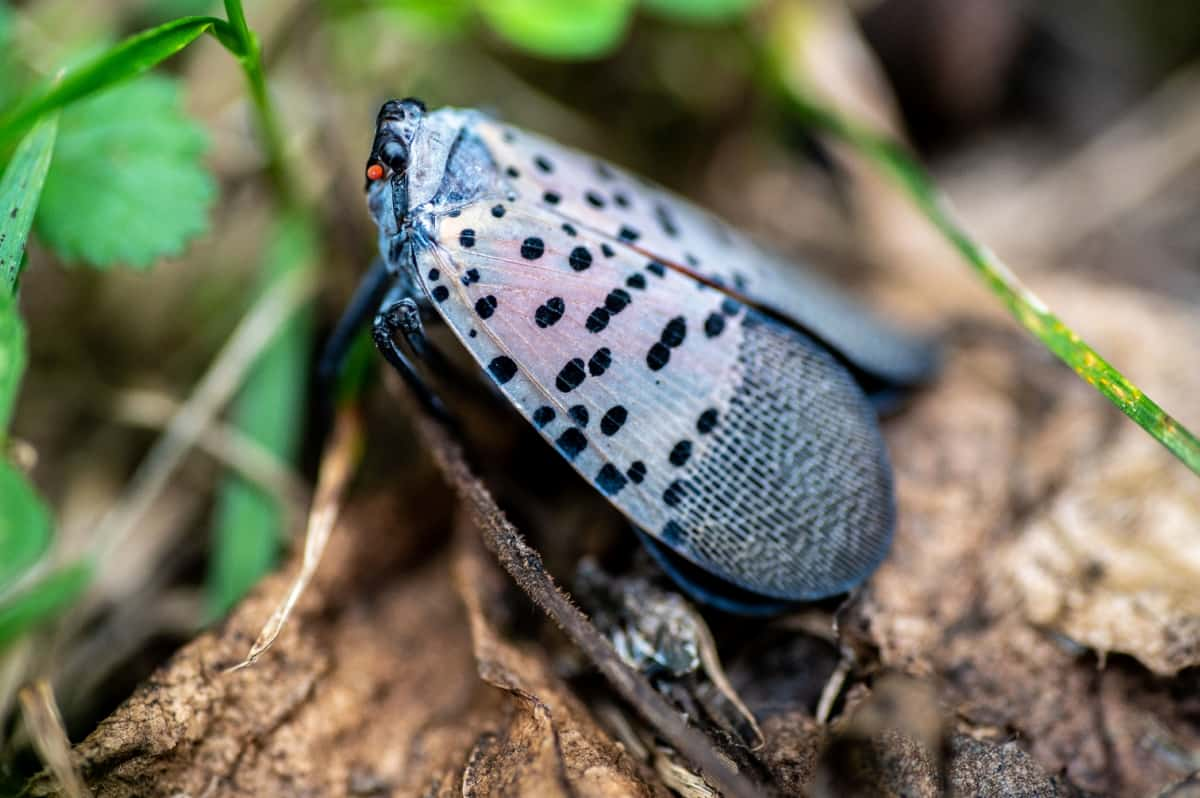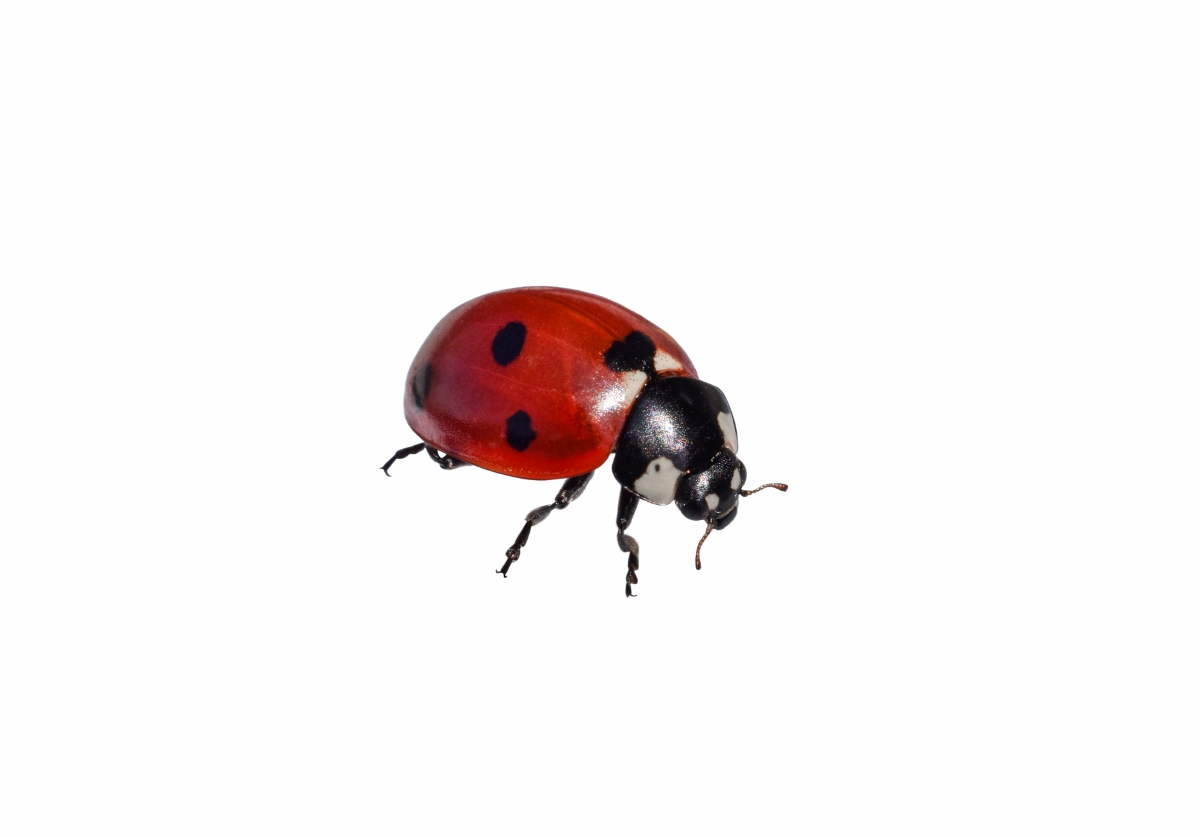Spotted lanternflies, invasive pests from Asia, pose a significant threat to agriculture and natural ecosystems. This article delves into effective, eco-friendly strategies to manage and eradicate these destructive insects. From identifying their presence to employing natural predators, homemade remedies, and environmental modifications, we explore a variety of approaches for controlling and eliminating spotted lanternflies. Our comprehensive guide aims to arm you with the knowledge and tools necessary to protect your plants and sustain the ecological balance.
How to Prevent Spotted Lanternflies
What are Spotted Lanternflies, and Why are They a Problem?
Spotted lanternflies are invasive pests causing significant damage to agriculture and trees. Originating in Asia, they have spread rapidly in some parts of the world. These insects feed on sap, weakening plants and trees, and excrete a sticky substance that promotes mold growth. Due to their destructive nature, finding ways to get rid of lanternflies on trees and protect the ecosystem is crucial.
They threaten various crops, including grapes, apples, and hops, and their presence can lead to economic losses. Understanding what kills lanternflies naturally, including homemade remedies and natural predators, is essential in controlling their population without harming the environment.
Find Spotted Lanternflies in Your Area
Identifying spotted lanternflies in your area is the first step in managing their population. These insects are often found on trees, vines, and other plants. They are known for their distinct appearance, with grayish wings and bright red underwings. It’s important to check for their presence regularly, especially during their active months from late spring to fall.

Look for their egg masses on tree trunks, rocks, and other surfaces. Knowing what attracts lanternflies can also help locate them; they are drawn to tree sap and certain plant species. Early detection is key to preventing widespread infestation and damage.
Use Beneficial Insects to Control Spotted Lanternfly Numbers
Beneficial insects can be natural allies in controlling spotted lanternfly populations. Certain predatory insects, like praying mantises and ladybugs, feed on lanternflies and their nymphs, naturally reducing their numbers. Encouraging these beneficial insects in your garden or farm can be an effective and environmentally friendly method. Planting species that attract these natural predators or provide habitats can enhance their presence. This approach not only helps in controlling lanternflies but also promotes biodiversity and ecological balance.
In case you missed it: How to Combat with Cabbage Worms in Vegetable Gardens: Natural and Organic Remedies

Make and Put Up Traps and Barriers to Stop Spotted Lanternflies
Traps and barriers are effective tools in stopping the spread of spotted lanternflies. Sticky bands placed around tree trunks can trap nymphs and adults, preventing them from climbing and feeding on trees. When installing these bands, it’s important to check and replace them regularly and to be mindful of accidentally trapping beneficial insects or small animals. In addition to sticky bands, you can use netting to protect plants and trees. This physical barrier prevents lanternflies from accessing and damaging the foliage, reducing their impact.
Create and Use Homemade Sprays to Get Rid of Spotted Lanternflies
Homemade sprays are a practical and natural solution for eliminating spotted lanternflies. A popular homemade spray to kill lanternflies is a vinegar-based solution. Mixing vinegar with water and a small dish soap can create an effective spray. When applied directly to lanternflies or their nymphs, this solution can kill them on contact. It’s important to note that vinegar kills spotted lanternfly nymphs and adults, but it should be used cautiously to avoid plant harm. Regularly applying these sprays can significantly reduce lanternfly populations in your garden or farm.
In case you missed it: Neem Oil for Vegetable Garden Pest Management: Benefits, Application Procedure

Guide for Using Neem Oil as a Natural Lanternfly Killer
Neem oil is a natural and effective option for controlling spotted lanternflies. Derived from the neem tree, this oil is an insecticide and repellent. Mix neem oil as a lanternfly killer with water and a small amount of dish soap to create a spray solution. This mixture can be applied directly to lanternflies, their nymphs, and egg masses. Neem oil disrupts the life cycle of lanternflies and deters them from feeding and laying eggs. Regular application can help manage their population while protecting the environment and non-target species.
In case you missed it: Best Homemade Organic Pest Control for Termites: Natural Ways to Get Rid of Termites

Use Tree Bands to Catch and Remove Spotted Lanternflies
Tree bands are a practical method for catching and removing spotted lanternflies from trees. These bands, typically made of sticky material, are wrapped around tree trunks. As lanternflies climb up the trees to feed, they get trapped in these bands. This method is particularly effective for catching nymphs and preventing them from maturing into adults.
When using tree bands, it’s important to monitor and change them regularly to maintain their effectiveness and to prevent unintended harm to other wildlife. This approach and other methods like homemade sprays and beneficial insects can significantly reduce lanternfly populations in affected areas.
Find and Destroy Spotted Lanternfly Egg Masses
Locating and destroying spotted lanternfly egg masses is crucial in controlling their population. Egg masses look like smears of mud on tree trunks, stones, and other surfaces. By scraping these masses into a bag of alcohol or soapy water, you can effectively kill the eggs before they hatch. This proactive approach in the fall and winter can significantly reduce the number of lanternflies in the following season.
Change the Environment to Avoid Spotted Lanternfly Problems
Altering the environment can play a significant role in deterring spotted lanternflies. Since these pests are attracted to certain plants and trees, removing or reducing these attractants can help. For instance, the tree of heaven is known to be particularly attractive to lanternflies. By managing these plants and maintaining a diverse and healthy landscape, you can create an environment less inviting to lanternflies, thus naturally reducing their presence.
Check Regularly for Long-Term Spotted Lanternfly Control
Regular monitoring is essential for long-term control of spotted lanternflies. Consistent checks allow for early detection and treatment of infestations. Notice signs of lanternflies, such as egg masses, nymphs, and adult insects, especially on preferred host plants and trees. Regular inspection and prompt action can keep lanternfly populations under control and minimize damage to plants and crops.
Conclusion
Effectively managing spotted lanternflies involves a combination of methods, including destroying egg masses, altering the environment, and regular monitoring. By implementing these strategies along with homemade remedies, beneficial insects, and physical barriers, you can significantly reduce the impact of these pests. Consistent effort and a proactive approach are key to protecting your garden, farm, and local ecosystem from the damaging effects of spotted lanternflies.
- Beneficial Insects in Pest Management
- Natural Solutions for Pest Control in Flower Gardens
- Types of Fungicides Used in Agriculture
- Common Issues in the Fruit Development Stage of Pomegranate Farming
- Fruit Development Issues in Papaya: Easy Solutions and Treatment
- Soil-Borne Diseases and How to Protect Your Plants
- Practices to Prevent Disease Spread in the Garden
- From Wilted to Thriving: How to Treat Root Rot Naturally in Houseplants
- Natural Remedies to Cure Brown Spots on Fig Tree Leaves